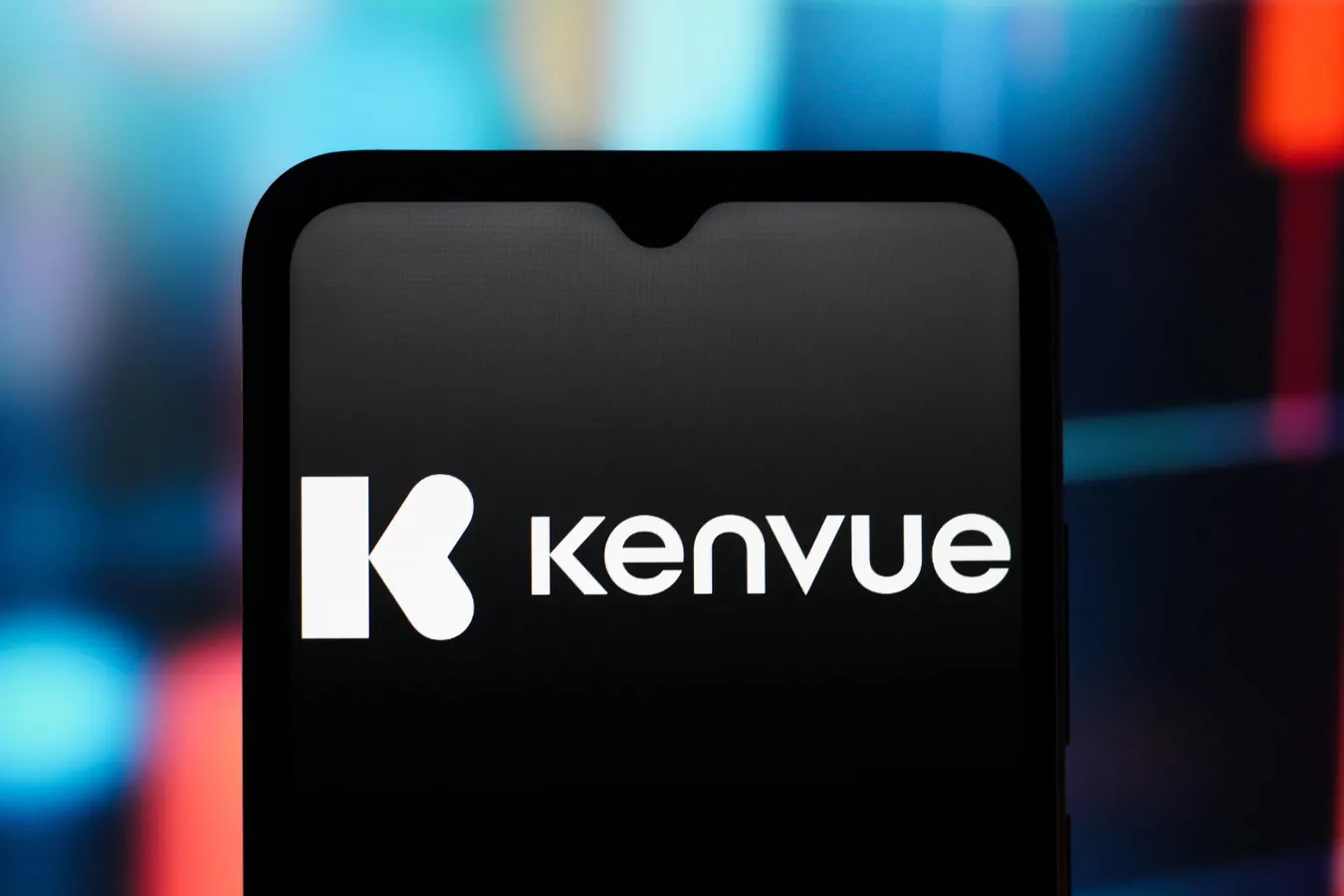Copyright forbes

Photo Illustration by Thomas Fuller/SOPA Images/LightRocket via Getty Images SOPA Images/LightRocket via Getty Images Kenvue (NYSE:KVUE), the consumer healthcare spin-off from Johnson & Johnson, has experienced a significant decline in its stock price in recent months. The shares are currently priced around $15, which is more than 65% lower than their highs in 2023, as investors contend with legal uncertainties, management changes, and slowing sales growth. The question is whether this decline represents a worthwhile long-term buying opportunity or a potential value trap. If you're looking for an upside with lower volatility than owning an individual stock, consider the High Quality Portfolio. This portfolio has reliably outperformed its benchmark, which consists of a blend of the S&P 500, Russell, and S&P MidCap indexes, achieving returns greater than 105% since it was established. Additionally, see: What’s Happening With PLUG Stock? The selling pressure began earlier this year when Kenvue issued cautious guidance, indicating lower-than-anticipated profit growth due to currency challenges and a decline in demand for cough and cold products. The company also underwent a leadership change, with CEO Thibaut Mongon resigning as part of a broader strategic review. Legal issues have further impacted sentiment: Kenvue is named alongside Johnson & Johnson in a lawsuit in the U.K. concerning alleged asbestos contamination in baby powder, bringing back investor concerns related to J&J’s ongoing talc litigation. Moreover, negative news connecting Tylenol — one of Kenvue’s most recognized products — to developmental problems in children has unsettled retail sentiment, despite the fact that the claims remain unverified. However, beneath this turmoil, Kenvue’s core fundamentals remain solid. The company controls one of the most robust consumer health portfolios globally, featuring brands such as Tylenol, Motrin, Neutrogena, Aveeno, and Listerine. These brands enjoy wide global recognition, strong pricing power, and consistent demand even during economic downturns. Kenvue generates over $1.6 billion in annual free cash flow, has moderate debt levels, and maintains operating margins around 17%, providing it with the financial flexibility to navigate short-term challenges. Valuation also appears attractive following the recent decline. With a market value of approximately $27 billion, Kenvue trades at a lower valuation than competitors such as Haleon and Procter & Gamble’s health division. Although earnings growth in 2025 is expected to be modest, a forthcoming strategic update from management could boost sentiment if it indicates credible plans for margin improvement or streamlining the brand portfolio. MORE FOR YOU Nonetheless, investors should manage their expectations. The legal and reputational issues will not disappear quickly, and the departure of the CEO introduces uncertainty regarding execution. Until the courts provide clarity on liability and the new leadership presents a long-term strategy, the stock may struggle to see a significant re-rating. The short-term trajectory could remain turbulent, especially if new lawsuits or political scrutiny arise. Overall, Kenvue appears fundamentally undervalued, yet faces sentiment challenges. For long-term investors looking for stable cash-flow exposure in the consumer healthcare sector, the current dip may be appealing — as long as one is prepared to endure additional near-term volatility. In the near term, a more cautious approach might be to wait for a clear indication of a market bottom and a more transparent direction from management. However, over a 12- to 24-month outlook, Kenvue’s brand strength and cash flow generation suggest that this sell-off could ultimately represent a buying opportunity rather than a permanent decline. To mitigate stock-specific risk while gaining exposure to upside, consider exploring the High Quality portfolio, which has reliably outperformed its benchmark—a combination of the S&P 500, Russell, and S&P MidCap indexes—and has achieved returns exceeding 105% since its establishment. Why is that? On average, HQ Portfolio stocks delivered superior returns with lower risk compared to the benchmark index; offering a more stable experience as illustrated in HQ Portfolio performance metrics. Editorial StandardsReprints & Permissions



